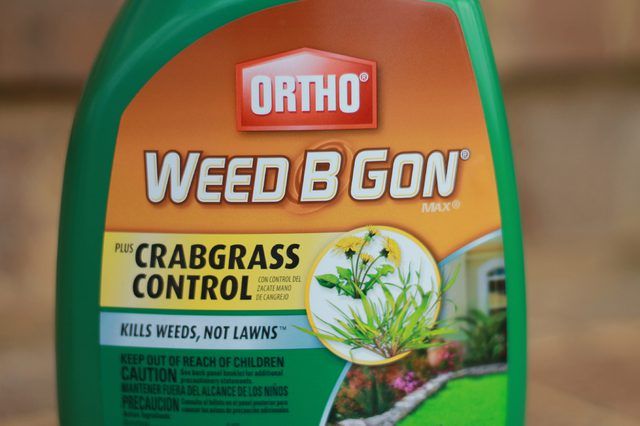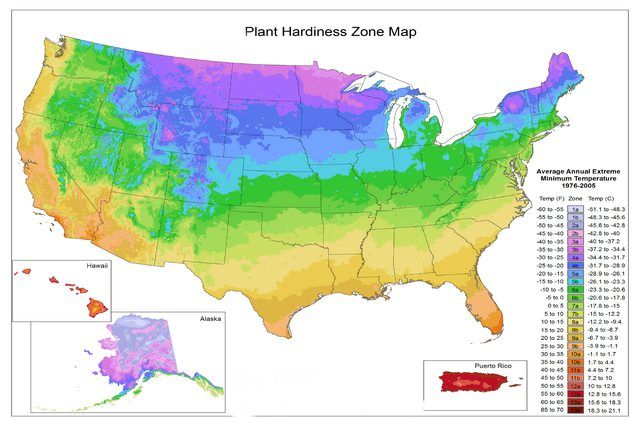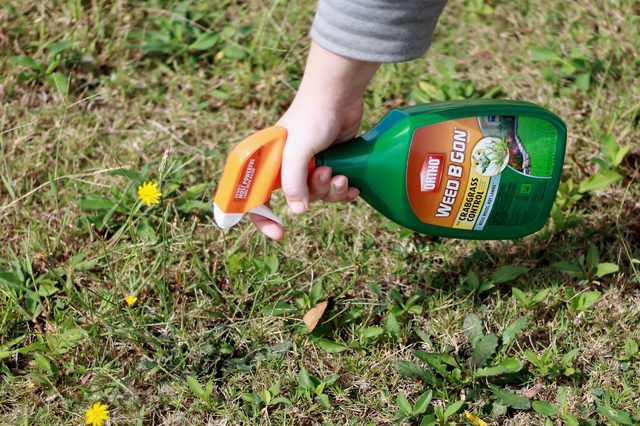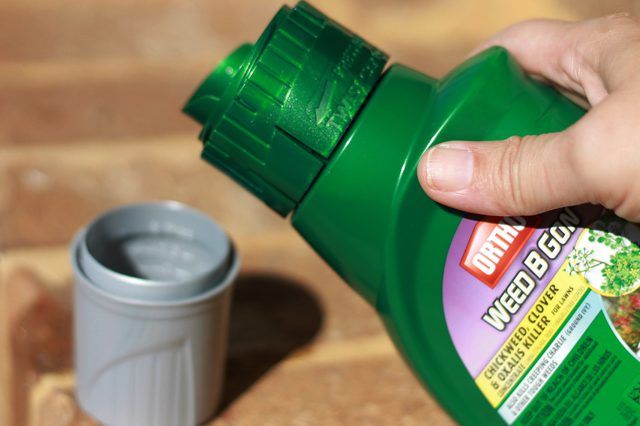Bulbs
Flower Basics
Flower Beds & Specialty Gardens
Flower Garden
Garden Furniture
Garden Gnomes
Garden Seeds
Garden Sheds
Garden Statues
Garden Tools & Supplies
Gardening Basics
Green & Organic
Groundcovers & Vines
Growing Annuals
Growing Basil
Growing Beans
Growing Berries
Growing Blueberries
Growing Cactus
Growing Corn
Growing Cotton
Growing Edibles
Growing Flowers
Growing Garlic
Growing Grapes
Growing Grass
Growing Herbs
Growing Jasmine
Growing Mint
Growing Mushrooms
Orchids
Growing Peanuts
Growing Perennials
Growing Plants
Growing Rosemary
Growing Roses
Growing Strawberries
Growing Sunflowers
Growing Thyme
Growing Tomatoes
Growing Tulips
Growing Vegetables
Herb Basics
Herb Garden
Indoor Growing
Landscaping Basics
Landscaping Patios
Landscaping Plants
Landscaping Shrubs
Landscaping Trees
Landscaping Walks & Pathways
Lawn Basics
Lawn Maintenance
Lawn Mowers
Lawn Ornaments
Lawn Planting
Lawn Tools
Outdoor Growing
Overall Landscape Planning
Pests, Weeds & Problems
Plant Basics
Rock Garden
Rose Garden
Shrubs
Soil
Specialty Gardens
Trees
Vegetable Garden
Yard Maintenance
How to Use Ortho Weed-B-Gon Max
How to Use Ortho Weed-B-Gon Max. A beautiful lawn requires more than water and fertilizer, as any dedicated grass master can testify. Keeping the lawn green and clean means maintaining an aggressive weed killing program. Ortho Weed-B-Gon Max, according to the company, easily kills hundreds of varieties of weeds without harming lawn grass. All...
A beautiful lawn requires more than water and fertilizer, as any dedicated grass master can testify. Keeping the lawn green and clean means maintaining an aggressive weed killing program. Ortho Weed-B-Gon Max, according to the company, easily kills hundreds of varieties of weeds without harming lawn grass. All varieties of Weed-B-Gon Max work on actively growing weeds. The herbicide is available in several sizes and formulations.

Weed-B-Gon Max original formula is also available with added crabgrass prevention. Weed-B-Gon Max for Southern Lawns also comes in the original formula or with added crabgrass preventer. All are available in ready-to-use, concentrate or hose-end spray bottles. Ready-to-use sprays are convenient and easy to apply. Concentrates must be mixed with water before they can be sprayed. Hose-end spray bottles contain concentrated herbicide that mixes with the water passing through it from a garden hose. No measuring or manual mixing is required. Products formulated for Southern lawns are only sold in Alabama, Florida, Georgia, Mississippi, South Carolina and Texas.

Regular Weed-B-Gon and Southern lawn formulas may be used on Kentucky bluegrass (Poa pratensis), which grows best in U.S. Department of Agriculture plant hardiness zones 2 through 7; perennial ryegrass (Lolium perenne), best in USDA zones 2 through 8; fescue (Festuca L.), hardy in USDA zones 4 through 7; Bermuda grass (Cynodon dactylon), which thrives in USDA zones 7 through 10; bahia (Paspalum notatum), suitable for USDA zones 7 through 11; bentgrass (Agrostis L.), best in USDA zones 4 through 6; centipede (Eremochloa ophiuroides), suitable for USDA zones 7 through 10; zoysia (Zoysia japonica), best in USDA zones 5 through 10; and St. Augustine (Stenotaphrum secundatum), which thrives in USDA zones 8 through 10. Do not use any Weed-B-Gon product on the Floratam variety of St. Augustine grass (Stenotaphrum secundatum "Floratam"). Products with added crabgrass control may be used on all of these grasses except Floratam, centipede and bahia grasses.

Packaged in jugs, ready-to-use Weed-B-Gon formulas can target specific weeds or small patches of weeds. Simply adjust the built-in trigger or spray nozzle for a narrow or wide spray. Aim at the center of individual weeds. Use a wider spray setting and a sweeping motion to cover several weeds at a time. Smaller bottles of ready-to-use Weed-B-Gon have trigger sprayers. The largest available size includes a short hose with a wand applicator. Spray weeds lightly; drenching isn't necessary.

Offering the convenience of a ready-to-use spray, Weed-B-Gon Max formulas in hose-end spray bottles simply attach to the garden hose. Once the water is turned on, it will mix with the weed killer inside the bottle to apply the herbicide in the proper strength. Make sure the nozzle is turned to the "Off" position before turning on the water. Walk to the farthest edge of the area to be treated, turn the nozzle to "On" and spray. Use a back and forth, sweeping motion to achieve full coverage. Spray lightly, not to the point of runoff.

Weed-B-Gon Max Plus Crabgrass Control, like other concentrates, is suitable for sprayers with at least a 1-gallon reservoir. Add 2.5 ounces of concentrate to 1 gallon of water and mix well. Use only 1.5 ounces of Weed-B-Gon Max for Southern Lawns in 1 gallon of water to treat bentgrass, hybrid Bermuda grasses, St. Augustine and centipede grasses. For bluegrass, fescues, common Bermuda, bahia and ryegrass, mix up to 3 ounces of concentrate in 1 gallon of water. Mix 1 ounce of the regular Weed-B-Gon Max concentrate in 1 gallon of water for bentgrass, centipede and St. Augustine grasses. Use 2 ounces per gallon of water for other species of grass. Adjust the spray nozzle for targeted or broader spray, depending on whether you're treating one or several weeds, and spray lightly.

Spray when daytime temperatures are below 90 degrees Fahrenheit and when no breezes are present. Keep pets and children out of the treated area until it dries. Wear gloves, safety glasses and protective clothing when spraying any chemical outdoors. Keep the herbicide off desirable trees, shrubs and plants.
